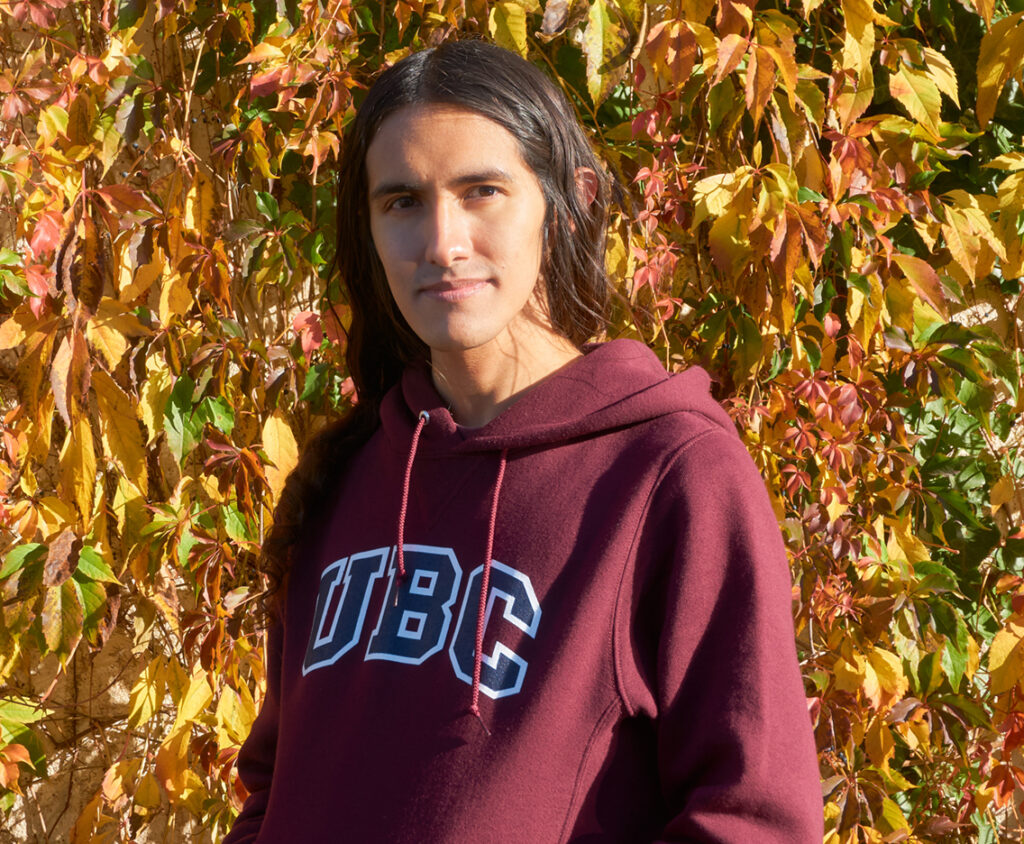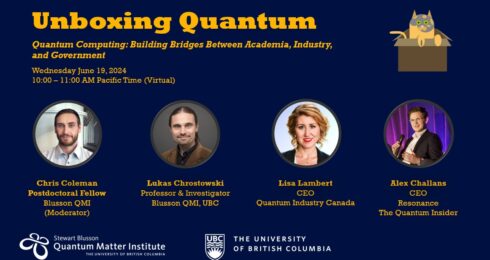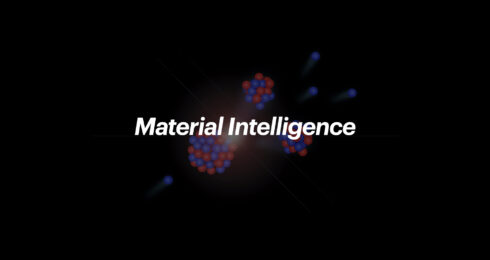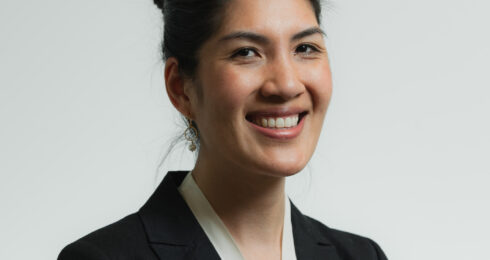Under the right conditions, you can convince 1000 electrons to work together.
“It can be challenging, but it’s probably easier than to get 1000 people to work together,” said Mario Ulises González Rivas, who is working on his PhD in Alannah Hallas’ lab at the Stewart Blusson Quantum Matter Institute. González Rivas has a unique background, moving from studies in nanotechnology as an undergrad to a Master’s degree in materials science at the University of Guadalajara before finding his interest in condensed matter. His expertise sits at the intersection of chemistry and physics, and so when it was time to consider where to do his PhD research, Hallas’ lab was a natural choice.
“During my Master’s, I was studying a material in which the structure wasn’t quite evident using the experimental and computational methods we were using,” said González Rivas. “While we were using the density-functional theory method, I realized that some of the aspects of the material crossed over into condensed matter. It was interesting and exciting.”

Pictured: PhD student Mario Ulises Gonzalez Rivas.
González Rivas’ Master’s program supervisor was a chemist, and so while he was still very drawn to physics, he found working with ideas in chemistry fulfilling because it was an opportunity to apply the abstract concepts he’d learned in classrooms and lecture halls to real laboratory experiments. When it comes to quantum materials, González Rivas finds similar fulfillment.
“Crystal growth is one of the hardest things to do, but it also allows you to take these wonderful measurements,” said González Rivas. “In our coursework, we learn a mathematical idea of what a crystal is, but to see a real crystal grown in the lab makes that math click in a meaningful way.”
In Hallas’ lab, González Rivas is focused on high-entropy oxides, a priority area of research at Blusson QMI that ties into the Atomistic approach to emergent properties of disordered materials grand challenge.
“Let’s say that you have a lattice, and you fill it with blue marbles,” explains González Rivas. “But then you have, say, five or six marbles that are different colours; maybe you have one yellow, one red, one purple, et cetera.”
“Now, you add those into the lattice at random and let them settle wherever they land,” said González Rivas. “The blue marbles on their own represent specific atoms, and you would think that by adding different marbles representing different atoms you might diminish the properties, such as magnetism, of the blue marbles. What’s interesting is that it turns out that in this kind of material, you can preserve very definite and long-range magnetic order by building disorder into the system. While we might expect the effect on a material’s atomic properties to be ‘averaged’, it turns out that there’s something else going on, and that the observed quantity is not just the sum of its parts.”
A hypothetical lattice is one thing: three-dimensional crystals are another. González Rivas uses spinels (conventional semi-precious stones), altering the structure to use as a platform to study how disorder and magnetism interact.
González Rivas takes the spinel structure, then adds five common magnetic ions. He studies how the ions change the behavior of the material before adding another ion with unstudied magnetism to understand how new elements affect the properties of the disordered material, an approach that can inform the design of more stable materials with the potential for translation into real-world applications.
“Right now we’re working with poly-crystals: growing a single crystal can be hard enough, so growing a crystal when the material you’re making is disordered can be even more challenging, and even the idea of a single crystal tends to break down,” said González Rivas. “As humans, we tend to want to simplify and put things into boxes, and a single crystal is straightforward. When you have a single crystal that is disordered, it can be hard to define what it is, functionally.”
The team is comparing “normal” spinels with magnetically diluted samples to compare the differences in their properties, including whether the ions tend to cluster in a specific way, or if they are truly random.
“We looked at the ions and how they distributed,” said González Rivas, who is building on research started by former Hallas lab graduate student Graham Johnstone and Hallas, and that also closely involves Affiliate PI Robert Green. “That’s the part where I came in. We’ve started looking at our measurements, and we’re starting to figure out how we might be able to manipulate the distribution of the ions to control the entropy in the crystal.”
“I’m just fascinated by how by making some small chemical changes to a structure that you already have you can completely change its behavior,” said González Rivas. “That’s one of my favorite things about this work.”
While condensed matter and quantum materials are relatively new areas of study for Gonzalez Rivas, he enjoys his proximity and access to field-leading experts, including Hallas and George Sawatzky.
“I am always impressed with how George and Alannah and Robert can have a kind of intuition about our research,” said González Rivas. “For George, it’s intuition but it’s also been honed over 40 years in the field, and it’s amazing to be able to reach out to them because they have such a wealth of information.”


